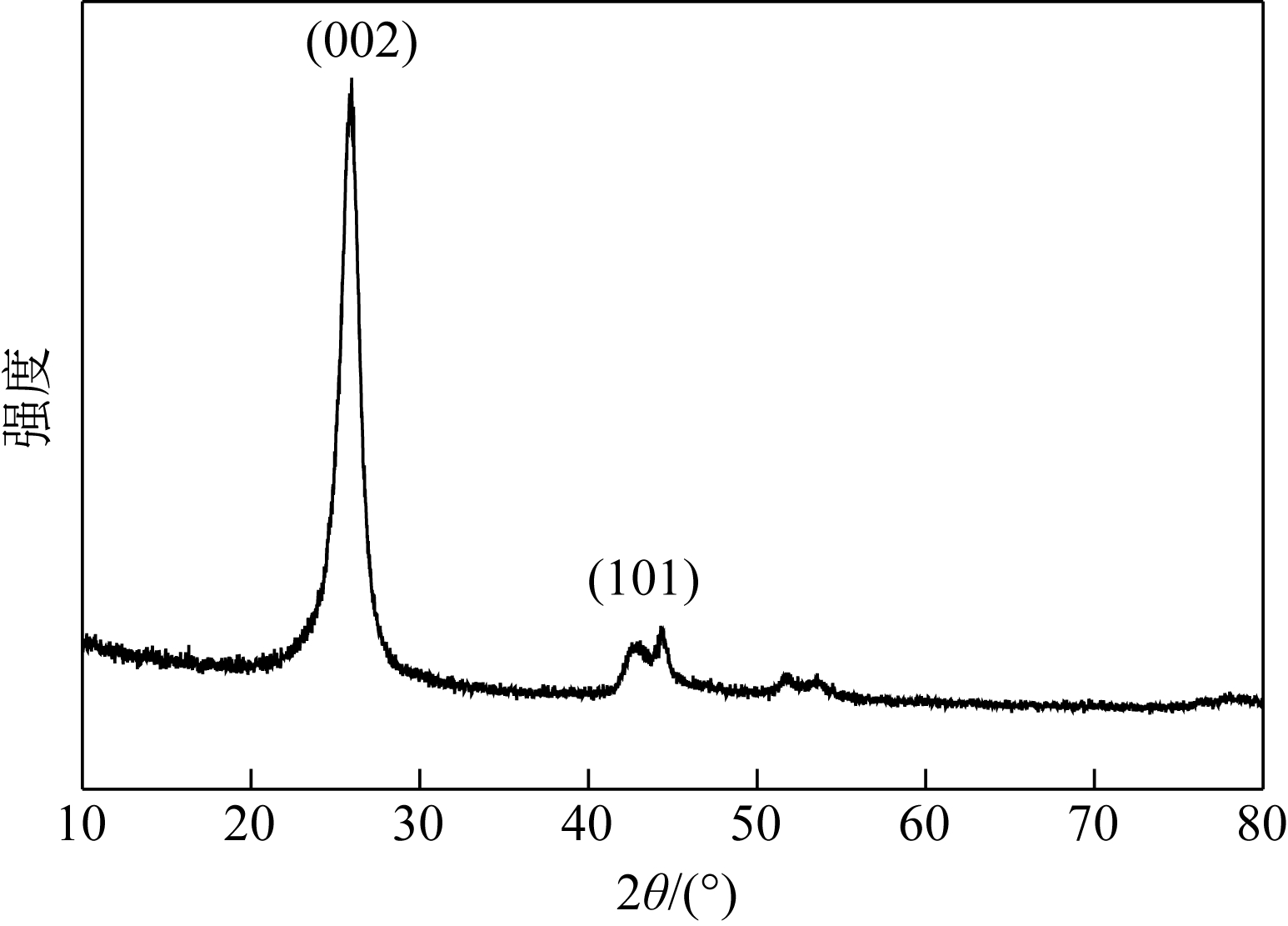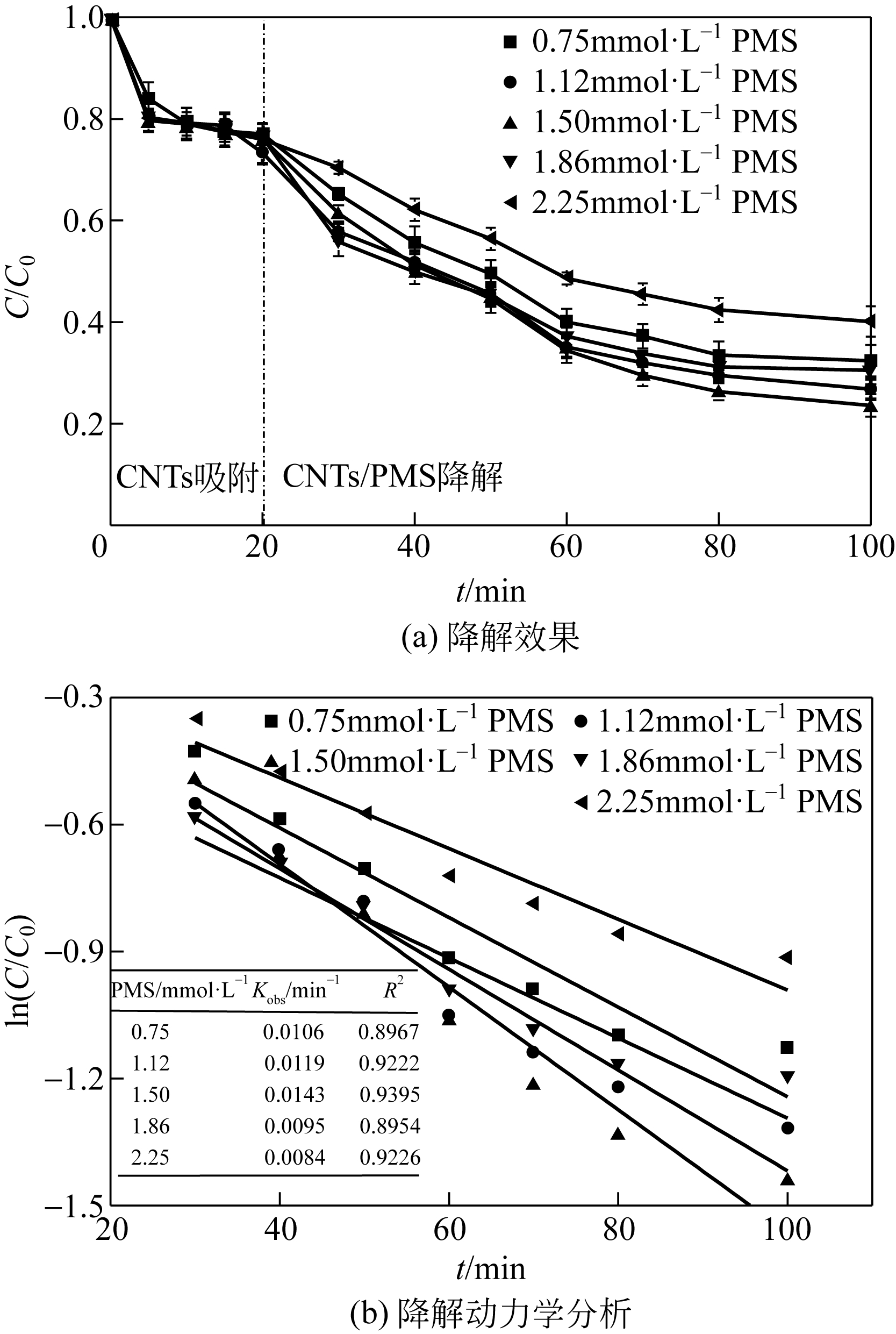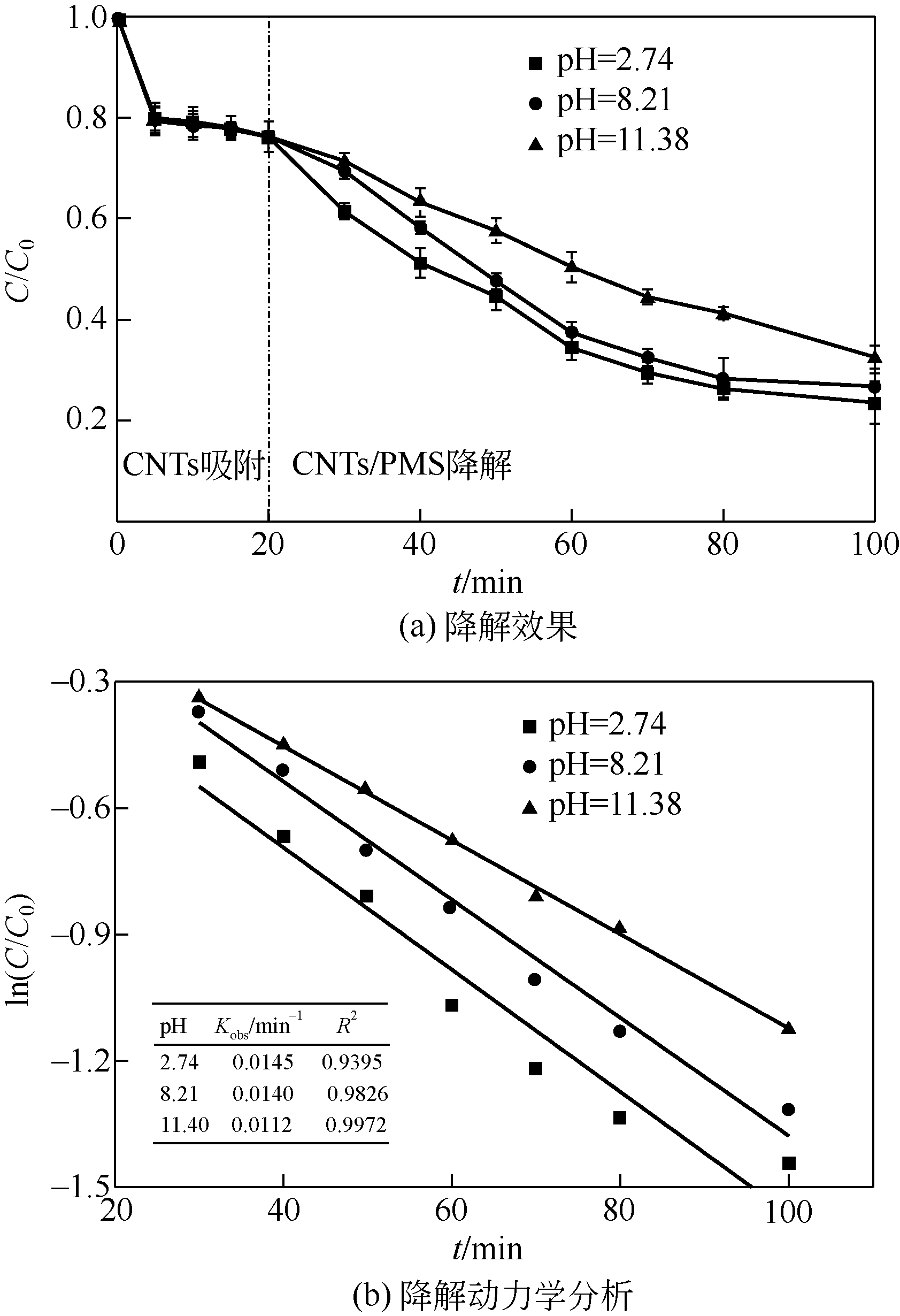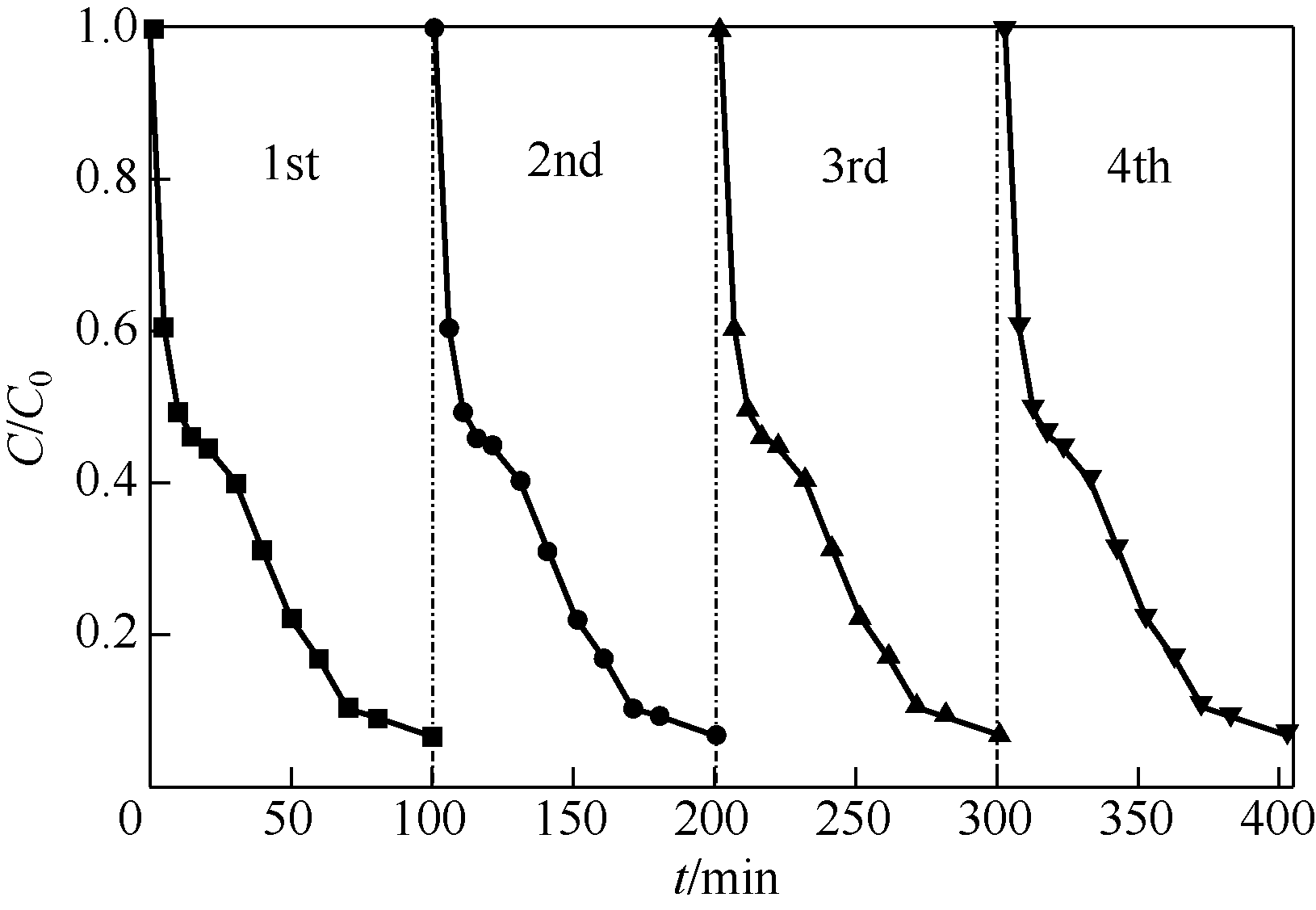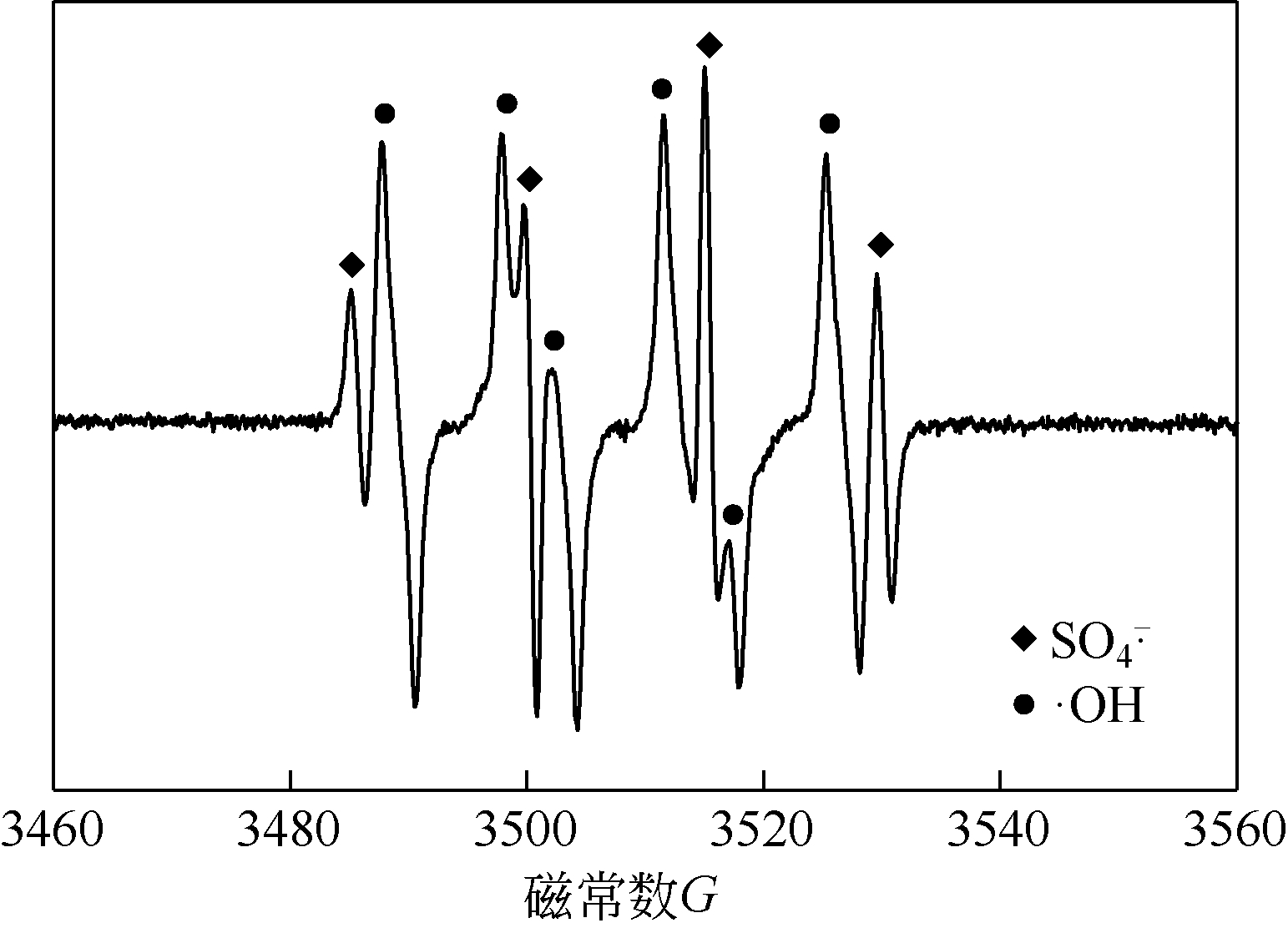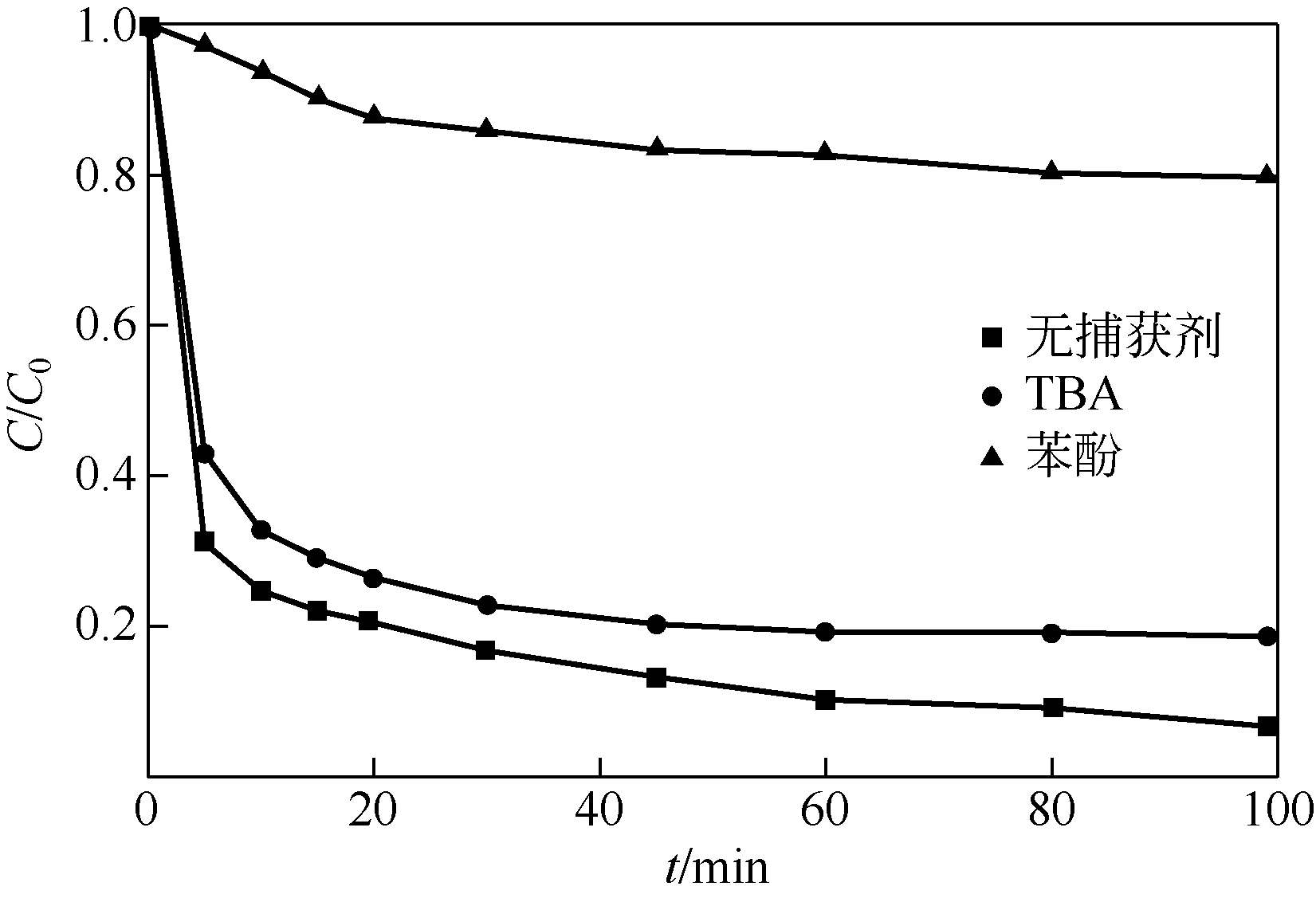| 1 |
应锦丽 . Fenton/类Fenton体系深度处理含环丙沙星制药废水的研究[D]. 杭州: 浙江工业大学, 2016.
|
|
YING Jinli . A study on advanced treatment of ciprofloxacin-containing synthetic pharmaceutical wastewater with Fenton and Fenton-like system[D]. Hangzhou: Zhejiang University of Technology, 2016.
|
| 2 |
刘颖 . 非均相催化剂的制备及其用于降解环丙沙星废水的研究[D]. 北京: 北京化工大学, 2017.
|
|
LIU Ying . Study on preparation and application of heterogeneous catalysts in degradation of ciprofloxacin wastewater[D]. Beijing: Beijing University of Chemical Technology, 2017.
|
| 3 |
庄珍珍 . 高级氧化技术对水中磺胺类抗生素的去除研究[D]. 赣州: 江西理工大学, 2015.
|
|
ZHUANG Zhenzhen . Advanced oxidation technology research to eliminate the sulfa antibiotics in the water[D]. Ganzhou: Jiangxi University of Science and Technology, 2015.
|
| 4 |
YANG S , WANG P , YANG X ,et al .Degradation efficiencies of azo dye Acid Orange 7 by the interaction of heat,UV and anions with common oxidants: persulfate, peroxymonosulfate and hydrogen peroxide[J].Journal of Hazardous Materials, 2010, 179(1): 552-558.
|
| 5 |
刘桂芳, 孙亚全, 陆洪宇, 等 . 活化过硫酸盐技术的研究进展[J]. 工业水处理, 2012, 32(12): 6-10.
|
|
LIU Guifang , SUN Yaquan , LU Hongyu , et al . Research progress in activated persulfate technology[J]. Industrial Water Treatment, 2012,32(12): 6-10.
|
| 6 |
ZHANG Y Q , DU X Z , HUANG W L . Temperature effect on the kineticsof persulfate oxidation of p-chloron-iline[J]. Chinese Chemical Letters, 2011, 22(3): 358-361.
|
| 7 |
HORI H , YAMAMOTO A , HAYAKAWA E , et al . Efficient decomposition ofenvironmentally persistent perfluo-rocarboxylic acids by use of persulfate as a photochemical oxidant[J]. Environmental Science & Technology, 2005, 39(7): 2383-2386.
|
| 8 |
王宇轩, 王应军, 方明珠 . 活性炭负载CuO催化过硫酸盐去除活性艳红X-3B染料[J]. 环境工程学报, 2016, 10(1): 230-236.
|
|
WANG Yuxuan , WANG Yingjun , FANG Mingzhu . Degradation of reactive Brilliant Red X-3B by CuO/AC catalyzed persulfate[J]. Techniques and Equipment for Environmental Pollution Control, 2016, 10(1): 230-236.
|
| 9 |
杨鑫, 杨世迎, 邵雪婷, 等 .活性炭催化过氧化物高级氧化技术降解水中有机污染物[J]. 化学进展, 2010, 22(10): 2071-2078.
|
|
YANG Xin , YANG Shiying , SHAO Xueting , et al . Activated carbon catalyzed peroxide degradation of organic pollutants in water[J]. Process in Chemistry, 2010, 22(10): 2071-2078.
|
| 10 |
WANG G , CHEN S , QUAN X , et al . Enhanced activation of peroxymonosulfate by nitrogen doped porous carbon for effective removal of organic pollutants[J]. Carbon, 2017, 115:730-739.
|
| 11 |
刘丽艳, 孙至柔, 叶文博, 等 . 超声辅助Fe3O4活化过一硫酸盐降解酸性红B[J]. 化工进展, 2016, 35(11): 3663-3668.
|
|
LIU Liyan , SUN Zhirou , YE Wenbo , et al . Degradation of Acid Red B with Fe3O4 activated peroxymonosulfate with ultrasound irradiation[J]. Chemical Industry and Engineering Progress, 2016, 35(11): 3663-3668.
|
| 12 |
SUN H Q , KWAN C K , SUVOROVA A , et al . Catalytic oxidation of organic pollutants on pristine and surface nitrogen-modified carbon nanotubes with sulfate radicals[J]. Applied Catalysis B: Environmental, 2014, 154/155(5): 134-141.
|
| 13 |
JI Y F , FERRONATO C , SALVADOR A , et al . Degradation of ciprofloxacin and sulfamethoxazole by ferrous-activated persulfate: implications for remediation of groundwater contaminated by antibiotics[J]. Science of the Total Environment, 2014, 472: 800-808.
|
| 14 |
AN T C , YANG H , LI G Y , et al . Kinetics and mechanism of advanced oxidation processes (AOPs) in degradation of ciprofloxacin in water[J]. Applied Catalysis B: Environmental, 2010, 94: 288-294.
|
 ),Guanshang XIA,Chaohong ZHENG,Si WU
),Guanshang XIA,Chaohong ZHENG,Si WU

